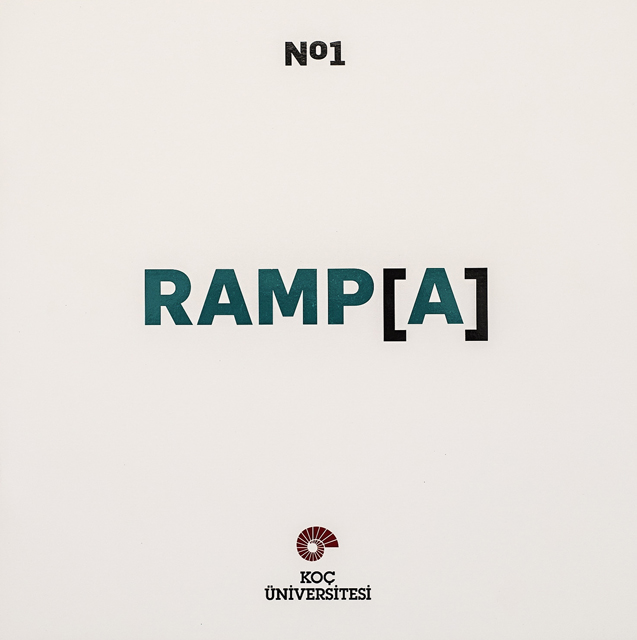1839’da icadından, hatta 1827’de J.N.Niépce tarafından 8 saatlik bir poz süresi sonunda çekilen ilk fotoğraftan bu yana, fotoğrafın aslında bir kişiselleşmenin; fotoğrafçıların, fotoğrafın ilk yıllarındaki resim akımları ve etkilerinden sıyrılarak, zaman içinde kendine ait fotoğraflarının izini sürmelerinin ve ortaya koymalarının bir tarihi, olduğu söyleyenebilir.
20.yy’ın başında “doğrudan fotoğraf”la gerçe(kli)ğin büyülü ‘denge’ anı sabırla beklenerek, kusursuz bir şekilde kaydedilmeye çalışılırken, bu yaklaşım yerini günümüzde Susan Sontag’ın ifadesiyle, ‘dengesizliği açığa çıkaracak anı –gerçekliği savunmasız yakalayacak’ ara(daki) anların peşinden giderek’, kişisel söyleme ve kurguya önem veren şahsi bir yaklaşıma bırakmıştır.
Görüntüler, farklı algılama, bakma, görme ve okuma biçimleri sunarak, bu önerileri tartışmaya açan, sorgulamaya ve sorgulatmaya açık/yakın, çoğaltan farklı öneriler bütünüdür ve her fotoğrafçı için farklıdır.
Optik görüntülerin yaratıcısı zihinsel görüntülerdir. Fotoğraf makinesi bu görüntüleri elde etmenin araçlarından biridir. Sonsuz kere ve bozulmadan çoğaltılabilirler. Bir fotoğraf karesi tespit edildiği ve kaydedildiği anda bir gerçeklik ve ölümdür. Barthes’in “punctum” diye adlandırdığı, ölülerin dönüşüdür. Fotoğrafın özel atmosferi (aurası) ve hakikiliği (otantikliği) yani şimdi ve buradalığı, çekildiği (ve asla tekrar edilemeyecek) an’ın yoğunluğundadır. Ve izleyici, görüntü ile karşılaştığında çok gerilerde kalmış o an’ın varoluşunda, bir görünmezin ya da fotoğrafçıda o şekilde ortaya çıkan bakışın peşine düşebilir.
Bu yaklaşımla, İnsani Bilimler ve Edebiyat Fakültesi bünyesinde, Medya ve Görsel Sanatlar Bölümü’nün bir etkinliği olarak düzenlenen RAMP[A] sergisi, 2011 Bahar döneminde MAVA 323 Yaratıcı Fotoğraf dersi öğrencilerinin dönem boyunca yürüttükleri projeler kapsamında çektikleri fotoğraflar arasından yapılan seçimle, müzikle birlikte kurgulanarak, bir fotoğraf-video performansı olarak hazırlandı.
Dileğimiz, RAMP[A]’da gerçekleştirdiğimiz bu ilk serginin bundan sonraki dönemlerde de, görsel sanatların farklı dallarında da süreklilik kazanarak devam etmesidir.
Laleper Aytek
Mayıs 2011

Ever since the camera was invented in 1839, and even since the first photograph was taken in 1827 by J.N. Niépce after an 8-hour exposure, the photograph has been a personal expression. We could even say that photographs are the history of how photographers have departed from the photographic trends and influences of those early years, thus over time seeking and capturing photographs that belong uniquely to them.
At the beginning of the 20th century, people waited patiently for the magical moment of ‘balanced’ reality (realism) available with “direct photography”, in an attempt to record it perfectly. However, this approach was replaced with a personalized philosophy that emphasized personal expression and composition. Susan Sontag described this as ‘pursuing the moment of imbalance – the instances that capture reality unaware.’
Images present different forms of perceiving, viewing, seeing and reading; thus they are the sum total of the propositions that debate, examine, question and open these instances to questioning. They may also suggest new propositions, since they are different for each photographer.
Optical images are created by mental images. A camera is a vehicle for capturing these images, which can be reproduced ad infinitum without loss of quality. The moment it is captured and recorded, a photograph is reality and death at the same time. It is the return of the dead that Barthes called “punctum”. The unique atmosphere (aura) and reality (authenticity) of a photograph, the way it is here and now, is as intense as the moment in which it is taken (which will never be repeated). When the viewer is confronted by the image, they can delve into the event of that moment that existed long ago, whether they are exploring an imperceptible aspect or the perspective of the photographer who captured it in that way.
In light of this, the Department of Media and Visual Arts at the Faculty of Humanities and Literature is putting on an exhibition entitled RAMP[A], which will feature a photographic video performance with music accompanying a selection of photographs, taken by students of the MAVA 323 Creative Photography class during the 2011 Spring semester for projects they completed for the class.
Our desire is that this first RAMP[A] exhibition will continue in future semesters with contributions from other branches of the visual arts.
Laleper Aytek
May 2011